Paracetamol 120 mg / 5 ml 100 ml oral suspension (for children)
$5.90
Description
The instruction
for medical use
of PARACETAMOL medicine
the Trade name
PARACETAMOL
the International unlicensed
name Paracetamol Dosage Form Suspension for intake of 120 mg / 5 ml, 100 ml
Structure
of 100 ml of drug contains
active agent – paracetamol of 2.4 g,
excipients: metilparogidroksibenzoat, sorbitol liquid, glitserol, gum xanthane, fragrance strawberry, sucrose, water
the Uniform suspension of white or almost white color purified up to 100 ml the Description with a strawberry smell. At suspension there are crystals
Pharmacotherapeutic group
Analgetics-antipyretics others. Paracetamol
Code of automatic telephone exchange N02BE01
Pharmacological
Pharmacokinetics Absorption properties high, time of achievement of the maximum concentration (TCmax) of 0.5-2 h, maximum concentration (Cmax) of 5-20 mkg/ml. Communication with proteins of plasma of 15%. Gets through a blood-brain barrier. Therapeutic effective concentration of paracetamol in plasma is reached at its appointment in a dose of 10-15 mg/kg.
It is metabolized in a liver (90-95%): 80% enter conjugation tests with
glucuronic acid and sulfates with formation of inactive metabolites, 17% are exposed to hydroxylation with formation of 8 active meta
bolit which conjugate with glutathione with formation of already inactive metabolites. At a lack of glutathione these metabolites can block the fermental systems of hepatocytes and cause their necrosis. CYP2E1 isoenzyme also participates in drug metabolism. Elimination half-life (T1/2) of 1-4 h. Only 3% in not changed look are removed by kidneys in the form of metabolites, mainly conjugates.
The pharmacodynamics
Paracetamol non-narcotic analgesic, blocks (COG) 1 and COG 2 cyclooxygenase mainly in the central nervous system, influencing the centers of pain and thermal control. In the inflamed fabrics the cellular perioksidaza neutralize influence of paracetamol on COG that explains almost total absence at it negative influence on water salt metabolism (delay of sodium and water) and a mucous membrane of digestive tract.
Paracetamol possesses febrifugal, soothing action.
Indications
– as febrifuge in catarrhal diseases, flu, children’s infectious diseases (chicken pox, a rubella, whooping cough, scarlet fever and epidemic parotitis – a mumps)
– as anesthetic at a teething, a toothache, ear pain in otitis, a sore throat
Inside, to food in not divorced look, washing down the Route of administration and doses with water, 3-4 times a day with an interval of 4-6 h. Before the use the contents of a bottle should be shaken up well.
For convenience and the accuracy of dosing we recommend to use a bilateral spoon: the big spoon contains 5 ml (120 mg of paracetamol), small 2.5 ml (60 mg of paracetamol).
The dose of drug depends on age and the body weight of the child.
The single dose of drug makes 10-15 mg/kg of body weight. Maximum daily dose no more than 60 mg/kg of body weight of the child.
Depending on age, drug is appointed in the following single doses:
in 2 – 3 months about 2 ml of suspension only on doctor’s orders (about 50 mg of paracetamol),
from 3 months to 1 year of 2.5-5 ml of suspension (1/2 1 tsps) (60-120 mg of paracetamol),
from 1 year to 6 years of 5-10 ml of suspension (1 2 tsps) (120-240 mg of paracetamol),
from 6 to 14 years of 10-20 ml of suspension (2 4 tsps) (240-480 mg of paracetamol).
The maximum duration of treatment without consultation of the doctor no more than 3 days as febrifuge and no more than 5 days as anesthetic.
Continuation of drug treatment after consultation with the doctor.
Side effects
– nausea, vomiting, an abdominal pain
– allergic reactions in the form of skin rash, an itching, a small tortoiseshell, a Quincke’s edema
Seldom hemolytic anemia, aplastic anemia, a methemoglobinemia, pantsi-
a topeniye
– gepatoksichesky and nephrotoxic action
of the Contraindication
– hypersensitivity to paracetamol or other components of drug
– the significant disturbances of functions of a liver and kidneys
– thrombocytopenia, a leukopenia, an agranulocytosis
– genetic absence glyukozo-6-fosfatdegidrogenazy
– the neonatality period (up to 2 months)
– not to use drug along with anticonvulsants
Medicinal interactions
When using paracetamol together with barbiturates, dipheninum, anticonvulsants, rifampicin, Butadionum increase in risk of hepatotoxic action is possible.
At a concomitant use with levomycetinum (chloramphenicol) the increase in toxicity of the last is possible.
The anticoagulating effect of warfarin and other derivatives of coumarin can amplify against the background of long regular intake of paracetamol that increases risk of bleeding.
Special instructions
With care: disturbances of functions of a liver and kidneys, benign hyperbilirubinemias (including Gilbert’s syndrome), viral hepatitis, diabetes.
Use for children aged from 2 months up to 3 months is possible only on doctor’s orders – the pediatrician as febrifuge.
It is necessary to avoid simultaneous use of paracetamol with other paratsetamolsoderzhashchy drugs as it can cause paracetamol overdose.
At the proceeding feverish syndrome against the background of paracetamol use more than 3 days and a pain syndrome more than 5 days, consultation of the doctor is required. At administration of drug, indicators of laboratory researches at quantitative definition of glucose and uric acid in plasma are distorted.
At administration of drug more than 7 days control of a picture of peripheral blood and a functional condition of a liver is necessary.
Suspension contains 0.04 HE of sucrose in 1 ml that should be considered at treatment of patients with diabetes.
Overdose
Symptoms: during the first 24 h after reception the pallor of integuments, nausea, vomiting, anorexia, abdominal pain, glucose metabolism disturbance, metabolic atsidozirovanny Symptoms of an abnormal liver function can appear in 12-48 h after overdose. At heavy overdose hepatic not
sufficiency with the progressing encephalopathy, a coma, death, an acute renal failure with tubular necrosis (including in the absence of severe damage of a liver), arrhythmia, pancreatitis.
Treatment: gastric lavage no later than in 4 h after poisoning, intake of adsorbent (activated carbon). Introduction of donators of SH-group and predecessors of synthesis of glutathione of methionine in 8-9 h after overdose and Acetylcysteinum in 12 h. Need for holding additional therapeutic actions (further administration of methionine, intravenous administration of Acetylcysteinum) is defined depending on concentration of paracetamol in blood and also from time which passed after its reception.
A form of release and packing
On 100 ml in the bottles of dark glass with a screw mouth corked by caps aluminum with the rolled carving and control of the first opening.
Each bottle with the instruction for medical use in the state and Russian languages and a spoon of dosing pharmaceutical is placed in a pack from cardboard.
To Store storage conditions in the place protected from light, at a temperature not over 25 With
not to freeze.
To store out of children’s reach!
2 years
After opening of a bottle to use a period of storage within 1 month
not to use after an expiration date
Prescription status
Without prescription
JSC Sintez Producer.
Russia, 640008, Kurgan, Konstitutsii Avenue, 7.
bodies./ fax (3522) 48-16-89
The owner of the registration certificate
of JSC Sintez, Russia
the Address of the organization accepting in the territory of the Republic of Kazakhstan claims from consumers on quality of products
of STOFARM LLP,
000100, Republic of Kazakhstan, Kostanay region, Kostanay, Uralskaya St., 14
ph. 714 228 01 79
Additional information
| Ingredient |
|---|





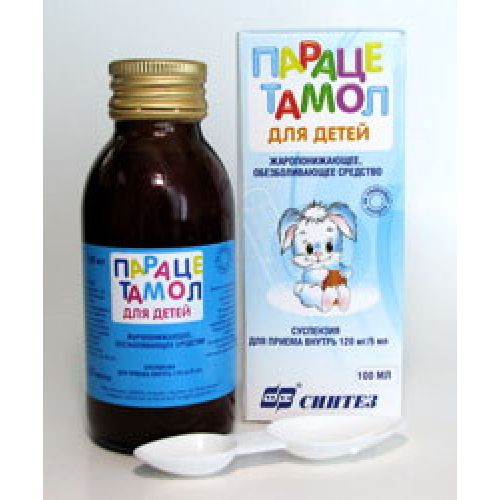

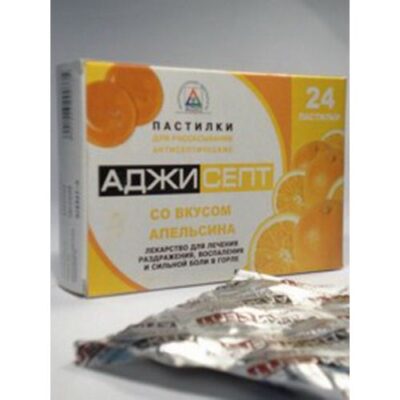
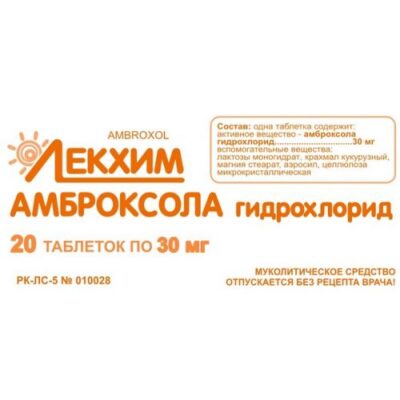
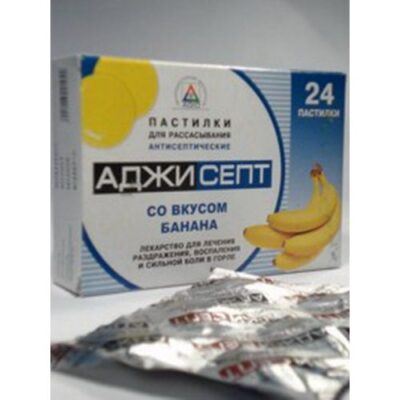
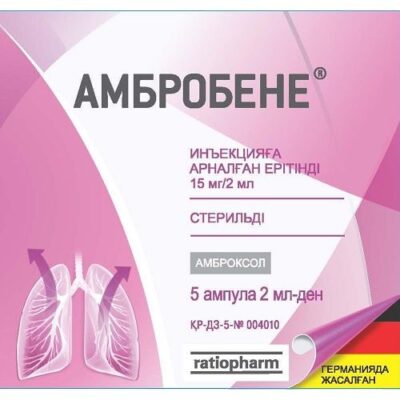
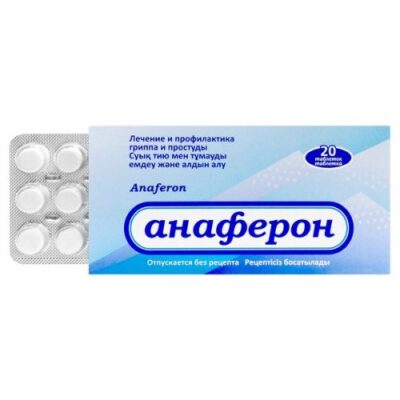
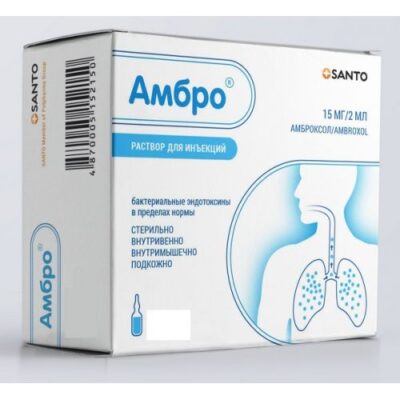
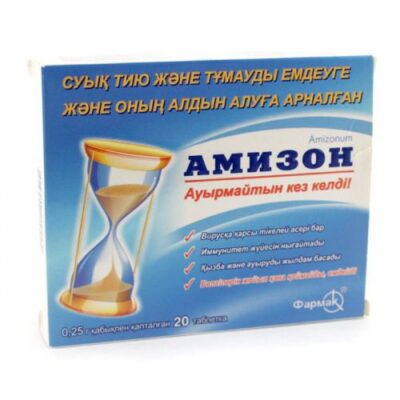
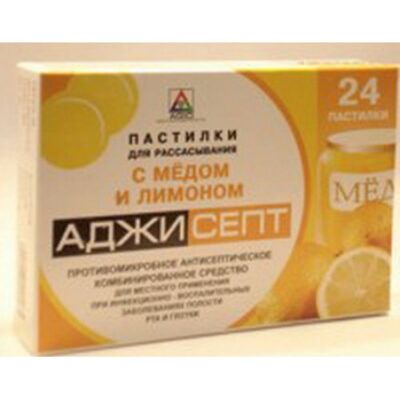
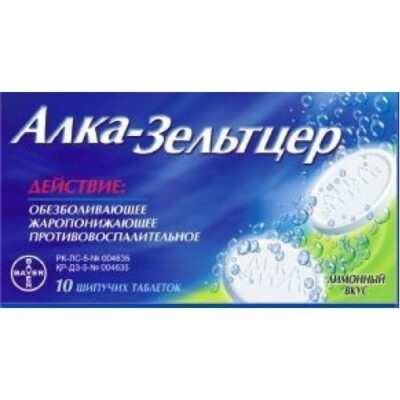






Reviews
There are no reviews yet.